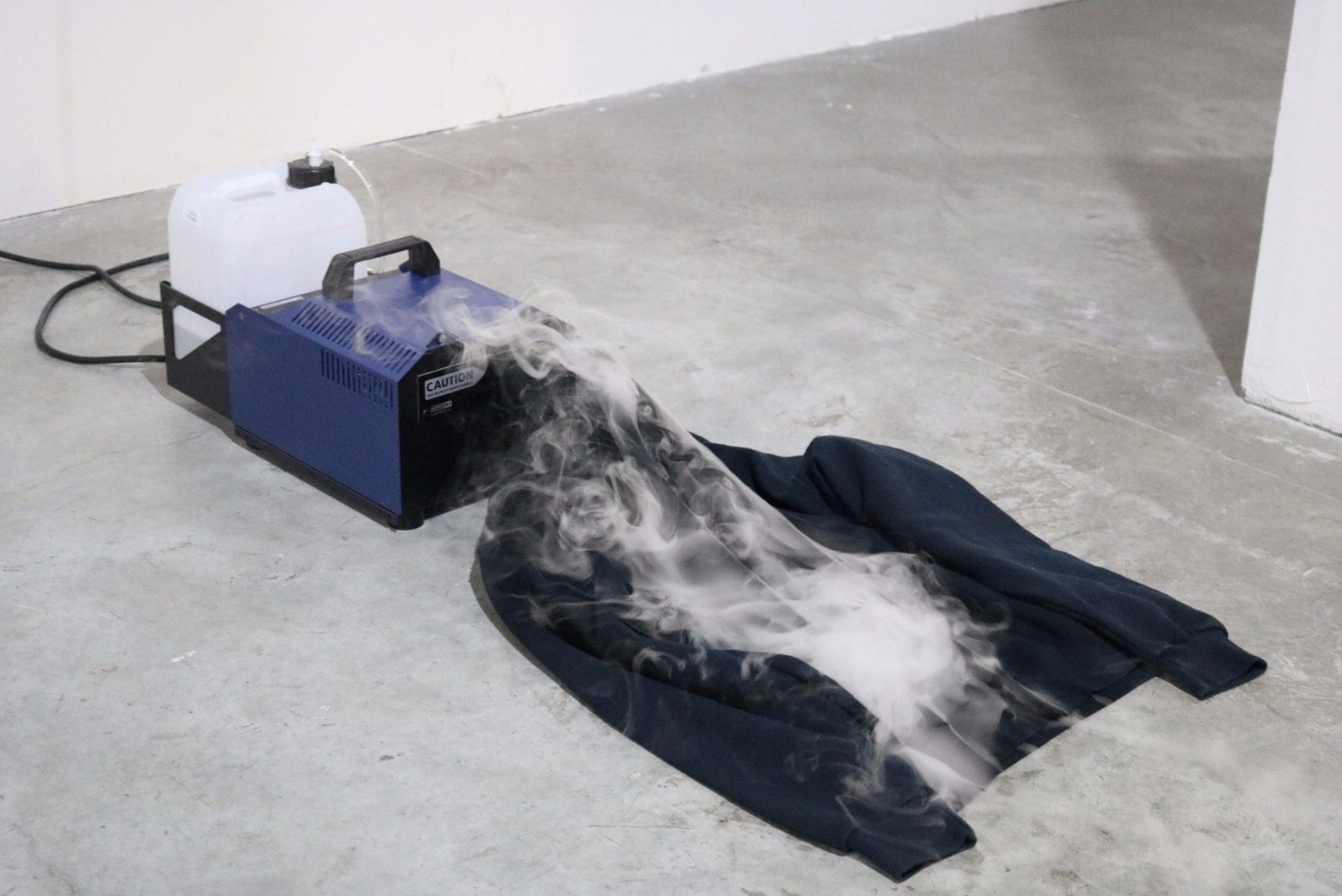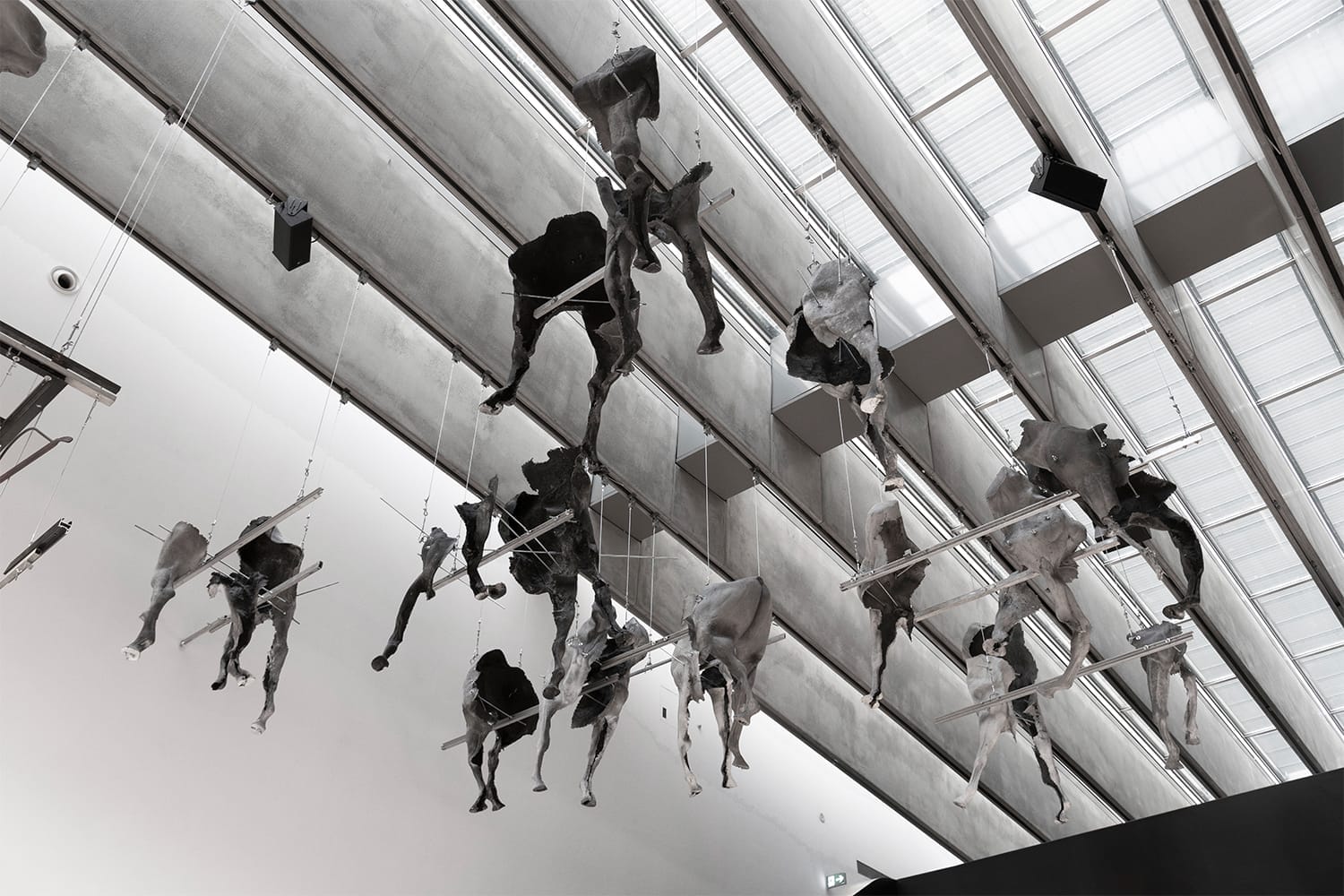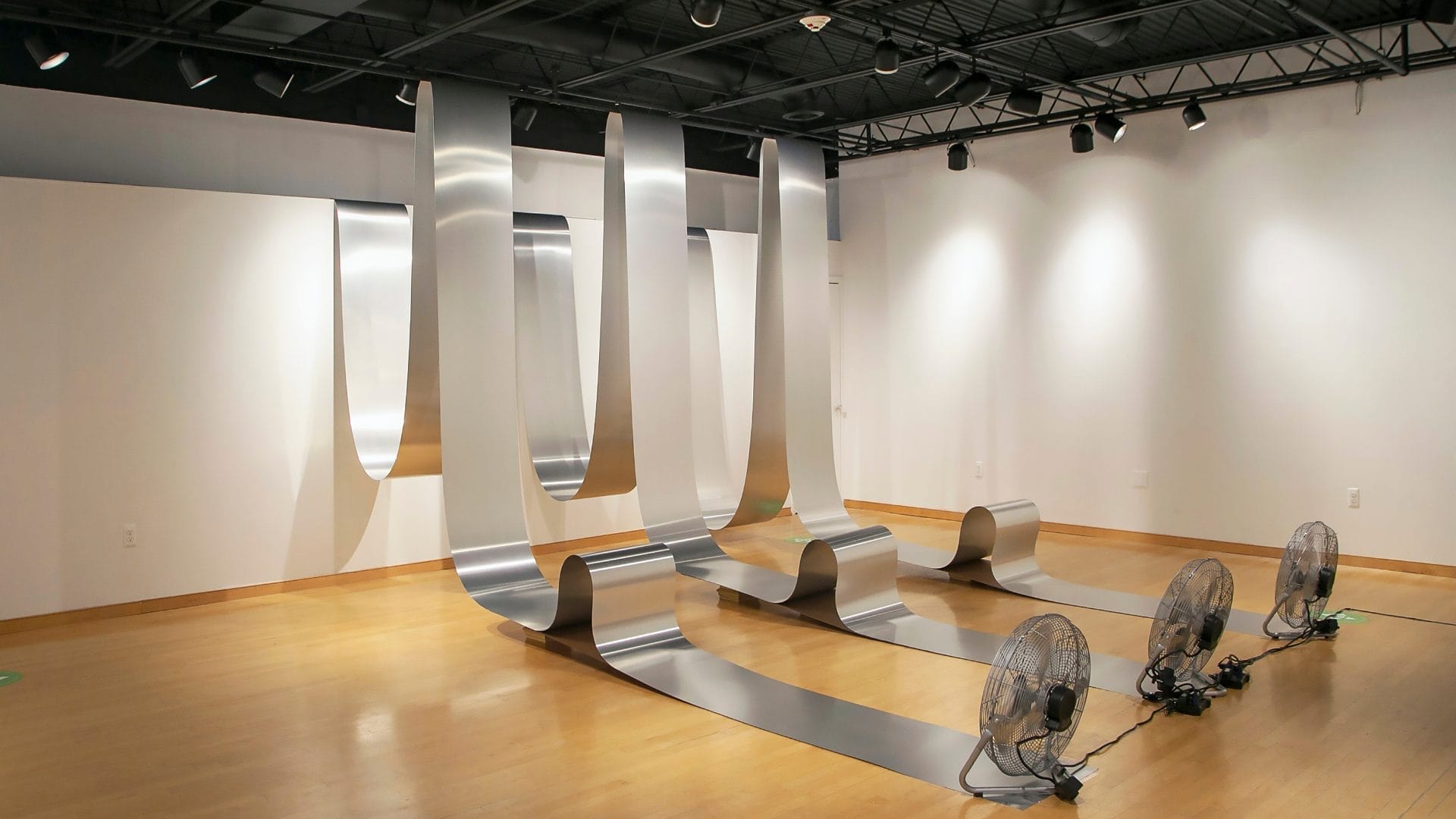
From Detroit to New York to Brussels: Five Artists Redefining the Concept of Sculpture
In recent years, the concept of sculpture has undergone significant transformations, influenced by a rich history of experimental contemporary movements and radical curatorial practices. Marcel Duchamp, a key figure in this evolution, profoundly shaped contemporary sculpture with his introduction of the readymade. He was among the first to challenge traditional notions about the object-artwork relationship, emphasizing that the artistic process could be based on the selection and presentation of objects rather than their manual creation.
Fast forward to today, and sculpture is no longer confined to traditional materials and forms. It has expanded to include digital technologies, site-specific installations, and interactive environments. This broader perspective challenges viewers to interact with art in dynamic and often unexpected ways, reflecting and responding to the complexities of contemporary visual references.
While recognizing these roots in avant-garde experimentation, sculpture continues to evolve, reflecting and responding to the complexities of contemporary visual references.
In the following article we have identified five main artists who participate in and interpret this subtle formal revolution that characterizes contemporary sculpture.
Michael E. Smith
Michael E. Smith, a young master, has been the focus of several international exhibitions. His sculptures intensely explore the theme of the transformed object, where everyday and often overlooked waste becomes artworks that question the relationship between consumption, degradation, and renewal.
Using reclaimed materials—from furniture to household utensils to vehicle components—Smith invites viewers to reflect on the residual life of discarded objects and their capacity to evoke social and personal contexts.
Smith uses these objects not only for their aesthetic form but also for their potential to tell stories, transforming them in ways that reveal new meanings and connections. This approach challenges the audience to consider the possible second life of objects and our impact on them.
Described by Anthony Huberman as “the sound that music makes in its collapse,” Smith’s art displays a strong phenomenological dimension. His installations emerge from the darkness of exhibition spaces, with scattered gestures that evoke a solemnity akin to a vigil or ritual. Using objects like fishing hats, safety goggles, artificial hearts, and children’s garments, Smith practices a strategy of emptying until reaching a “semantic zero point.”
Smith’s works symbolize resistance against planned obsolescence and the throwaway culture. Acting as a modern alchemist, he bestows new meaning and life on discarded items, proposing a dialogue between past and present that reflects the complexity of human relationships with objects. Through this metamorphosis, Smith’s art invites the audience to reflect on their participation in consumption cycles and the possibilities for a more conscious future.

Nicolás Lamas
Nicolás Lamas, born in Lima, Peru, and living in Ghent, Belgium, fervently explores the relationships between objects, emphasizing how they coexist and generate new associations, exchanges, and combinations without pre-established rules. Lamas’ artistic research can be seen as a series of speculative exercises where everything is part of a cyclical process of transmitting information and energy.
Lamas’ works stand out for using techniques such as subtraction, splitting, digging, and extrusion of matter. These processes alter the physical shape of objects, destabilizing conventional expectations regarding their use and meaning. For example, the remains of a pufferfish atop a rusty gear shift invite reflections on the cyclical nature of life and our perception of value and meaning.
Lamas’ practice is characterized by incessant exploration of the expressive possibilities of matter. He investigates materiality and immateriality, proposing new modes of interaction and perception. His exhibitions, including those at the Fundació Joan Miró and the Design Museum in Ghent, highlight his approach to creating a heterogeneous and constantly evolving body of work.

June Crespo
June Crespo, based in Bilbao, Spain, combines diverse materials such as textiles, concrete, fiberglass, plaster, and wax to explore and challenge the conventions of traditional sculpture. Her work examines patterns of contemporary representation, focusing particularly on the conditions of the body as a subject tied to both concreteness and immateriality.
Crespo’s recent exhibition, “Vascular,” at the Guggenheim Museum in Bilbao, delves into themes such as the interaction between organic and inorganic components and the transformation of materials. Her works reflect on connectivity and the network of relationships that define both the natural and man-made environments, emphasizing issues of environmental sustainability and feminist sensibilities.
Crespo’s exhibitions and critical recognition, such as the El Ojo Crítico RNE Award for Visual Arts, attest to the impact and relevance of her work in the contemporary art scene. She continues to explore the intersections of form, material, and representation, establishing profound connections through her sculpture.

Giulia Cenci
Giulia Cenci’s artistic journey is marked by a radical approach to sculpture, where she explores the dynamics of decay and the impact of time on materials.
Utilizing industrial waste and organic debris, Cenci creates works that reflect on transformation and degradation, offering a potent meditation on the transience of both artificial and natural environments.
Cenci’s exhibition “Dry Salvages” presents a landscape of ruins that appear simultaneously ancient and futuristic. This work highlights how decayed materials can converge in a dialogue between past and future, prompting reflection on the life cycle of objects and the environmental implications of waste and renewal.
Cenci’s art asserts itself as a response to ecological and philosophical challenges. Her works, connected by rods, supports, or metal braces, create spatial tensions and appear as remnants of a transforming catastrophe.
Ultimately, Cenci’s practice challenges traditional perceptions and invites deeper reflection on the cultural and environmental dynamics of our time.

Trisha Donnelly
Trisha Donnelly is an American conceptual artist known for her enigmatic and experimental approach to sculpture.
Although she works with various media such as video, sound, and performance, Donnelly has developed a particularly intimate relationship with sculpture.
Her sculptural works are characterized by a subtle presence that transcends traditional conventions of the medium. Through the use of simple materials and minimal gestures, Donnelly manages to evoke a strong emotional charge and a sense of mystery, each sculpture inviting the viewer to deep contemplation, to explore the invisible, and to question the limits of human perception.
Her practice defies easy categorization, presenting a series of enigmatic and fleeting images that seem to oscillate between presence and absence.
This work emphasizes the power of ambiguity even when Donnelly works with sculpture, as the indistinct and invisible provoke reflection on the limits of perception and the nature of existence.
In her marble pieces, Donnelly uses the medium to create objects that appear both timeless and transient, resembling industrial processing remnants. These sculptures often possess a quiet, almost meditative quality, raw and colorless, reflecting Donnelly’s ability to imbue her works with a profound sense of transience, urging viewers to consider the delicate balance and representational nature of the sculptural medium.
These five mid-career artists—Michael E. Smith, Nicolás Lamas, June Crespo, and Giulia Cenci—are redefining contemporary sculpture through innovative techniques and radical conceptual approaches — each challenging traditional notions of sculpture, inviting audiences to engage with art in dynamic and often unexpected ways.

fakewhale
Founded in 2021, Fakewhale advocates the digital art market's evolution. Viewing NFT technology as a container for art, and leveraging the expansive scope of digital culture, Fakewhale strives to shape a new ecosystem in which art and technology become the starting point, rather than the final destination.
You may also like
Fakewhale in Dialogue with Sizhu Li
Having lived and worked across two continents, Sizhu Li has cultivated a distinctive artistic langua
“The Illusion of Thinking”: When Art Learns to Simulate Depth
A few days ago, Apple released a paper titled The Illusion of Thinking, in which the authors argue,
Fakewhale Studio: INTERLACED OBJECTS
INTERLACED OBJECTS, Fakewhale Studio, 07.08, 07.09.2025, NEW YORK (SERVERS) What remains of an a




